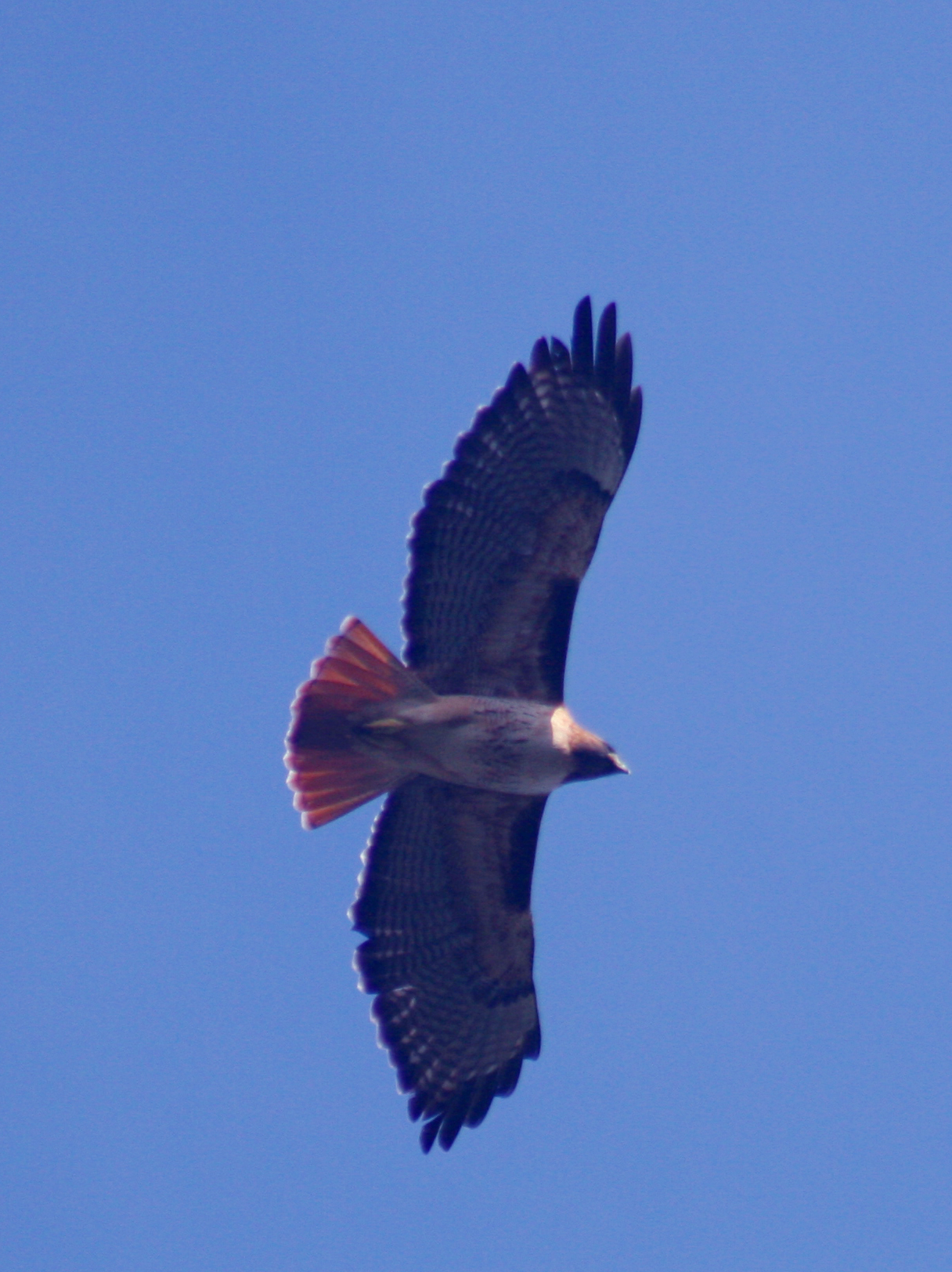|
Plasmodium Forresteri
''Plasmodium forresteri'' is a parasite of the genus ''Plasmodium''. Like all ''Plasmodium'' species ''P. forresteri'' has both vertebrate and insect hosts. The vertebrate hosts for this parasite are birds. Description The parasite was first described by Telford ''et al.'' in 1979. Geographical occurrence This organism is found in Florida and southern Georgia, United States. Clinical features and host pathology This organism naturally infects the following species: * Eastern screech-owls (''Otus asio'') * Great horned owls (''Bubo virginianus'') * Barred owls (''Strix varia'') * Bald eagles ('' Haliaeetus leucocephalus'') * Red-shouldered hawks (''Buteo lineatus'') * Broad-winged hawks (''Buteo platypterus'') * Red-tailed hawks (''Buteo jamaicensis'') Experimental infections have been established in the following species: * Japanese quail ('' Coturnix japonica'') * Pekin ducks (''Anas platyrhynchos'') The only currently known mosquito vector is ''Culex restuans ''Culex rest ... [...More Info...] [...Related Items...] OR: [Wikipedia] [Google] [Baidu] |
Protista
A protist () is any eukaryotic organism (that is, an organism whose cells contain a cell nucleus) that is not an animal, plant, or fungus. While it is likely that protists share a common ancestor (the last eukaryotic common ancestor), the exclusion of other eukaryotes means that protists do not form a natural group, or clade. Therefore, some protists may be more closely related to animals, plants, or fungi than they are to other protists. However, like the groups ''algae'', ''invertebrates'', and ''protozoans'', the biological category ''protist'' is used for convenience. Others classify any unicellular eukaryotic microorganism as a protist. The study of protists is termed protistology. History The classification of a third kingdom separate from animals and plants was first proposed by John Hogg in 1860 as the kingdom Protoctista; in 1866 Ernst Haeckel also proposed a third kingdom Protista as "the kingdom of primitive forms". Originally these also included prokaryotes, but ... [...More Info...] [...Related Items...] OR: [Wikipedia] [Google] [Baidu] |
Otus Asio
The eastern screech owl (''Megascops asio'') or eastern screech-owl, is a small owl that is relatively common in Eastern North America, from Mexico to Canada. This species is native to most wooded environments of its distribution, and more so than any other owl in its range, has adapted well to manmade development, although it frequently avoids detection due to its strictly nocturnal habits. Description Adults range from in length and weigh . Among the differently sized races, length can average from . The wingspan can range from . In Ohio, male owls average and females while in central Texas, they average and , respectively. They have either rusty or dark gray intricately patterned plumage with streaking on the underparts. Midsized by screech-owl standards, these birds are stocky, short-tailed (tail averages from in length) and broad-winged ( wing chord averages from in length) as is typical of the genus. They have a large, round head with prominent ear tufts, yellow eyes ... [...More Info...] [...Related Items...] OR: [Wikipedia] [Google] [Baidu] |
Anas Platyrhynchos
The mallard () or wild duck (''Anas platyrhynchos'') is a dabbling duck that breeds throughout the temperate and subtropical Americas, Eurasia, and North Africa, and has been introduced to New Zealand, Australia, Peru, Brazil, Uruguay, Argentina, Chile, Colombia, the Falkland Islands, and South Africa. This duck belongs to the subfamily Anatinae of the waterfowl family Anatidae. Males have purple patches on their wings, while the females (hens or ducks) have mainly brown-speckled plumage. Both sexes have an area of white-bordered black or iridescent blue feathers called a speculum on their wings; males especially tend to have blue speculum feathers. The mallard is long, of which the body makes up around two-thirds the length. The wingspan is and the bill is long. It is often slightly heavier than most other dabbling ducks, weighing . Mallards live in wetlands, eat water plants and small animals, and are social animals preferring to congregate in groups or flocks of varyin ... [...More Info...] [...Related Items...] OR: [Wikipedia] [Google] [Baidu] |
Coturnix Japonica
The Japanese quail (''Coturnix japonica''), also known as the coturnix quail, is a species of Old World quail found in East Asia. First considered a subspecies of the common quail, it is now considered as a separate species. The Japanese quail has played an active role in the lives of humanity since the 12th century, and continues to play major roles in industry and scientific research. Where it is found, the species is abundant across most of its range. Currently, there are a few true breeding mutations of the Japanese quail. The breeds from the United States are Texas A&M, English white, golden range, red range, Italian, Manchurian, Tibetan, rosetta, scarlett, roux dilute and golden tuxedo. Taxonomy The Japanese quail was formally described by the Dutch zoologist Coenraad Jacob Temminck and the German ornithologist Hermann Schlegel in 1848 and given the trinomial name ''Coturnix vulgaris japonica''. This species is now placed in the genus ''Coturnix'' that was introduced in 1 ... [...More Info...] [...Related Items...] OR: [Wikipedia] [Google] [Baidu] |
Buteo Jamaicensis
The red-tailed hawk (''Buteo jamaicensis'') is a bird of prey that breeds throughout most of North America, from the interior of Alaska and northern Canada to as far south as Panama and the West Indies. It is one of the most common members within the genus of '' Buteo'' in North America or worldwide. The red-tailed hawk is one of three species colloquially known in the United States as the " chickenhawk", though it rarely preys on standard-sized chickens. The bird is sometimes also referred to as the red-tail for short, when the meaning is clear in context. Red-tailed hawks can acclimate to all the biomes within their range, occurring on the edges of non-ideal habitats such as dense forests and sandy deserts.Preston, C. R. (2000). ''Red-tailed Hawk''. Stackpole Books. The red-tailed hawk occupies a wide range of habitats and altitudes, including deserts, grasslands (from small meadows to the treed fringes of more extensive prairies), coniferous and deciduous forests, ag ... [...More Info...] [...Related Items...] OR: [Wikipedia] [Google] [Baidu] |



